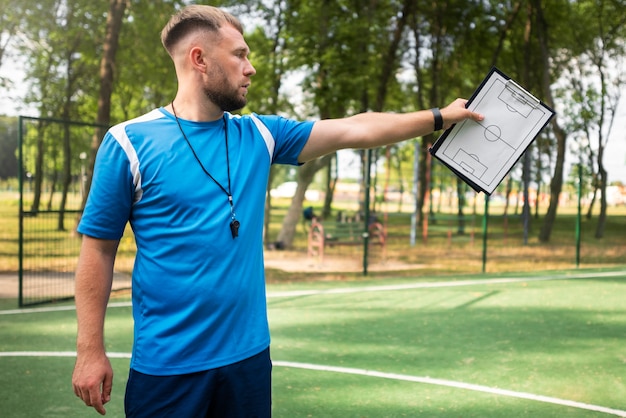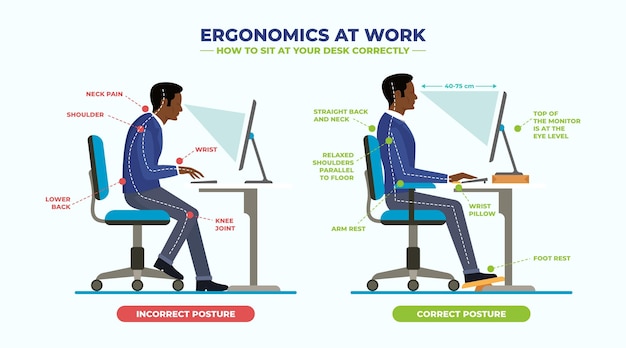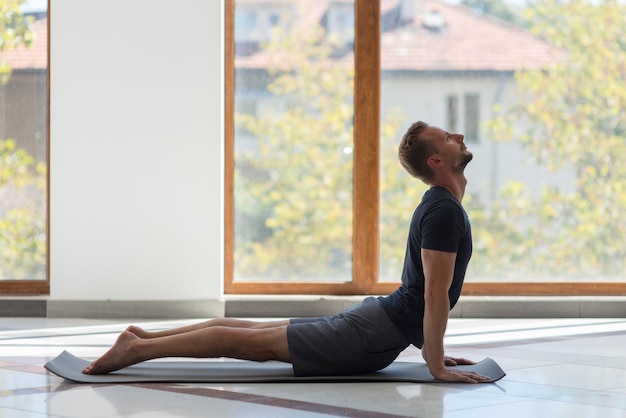Optimize your form, prevent injuries, and boost performance with this science-backed, weekly-optimized checklist designed specifically for runners.

While many runners focus on mileage, pace, and gear, few prioritize posture and ergonomics—two foundational elements that directly impact performance and long-term joint health. Poor posture can lead to inefficient movement, increased fatigue, and overuse injuries such as shin splints, IT band syndrome, and lower back pain.
Recent trends in wellness and longevity highlight posture as a critical marker of functional health. Proper alignment not only improves breathing and stride efficiency but also reduces strain on muscles and joints during every phase of your run.
Use this comprehensive checklist every week to stay consistent, track improvements, and prevent setbacks. Perform these assessments and exercises before or after your runs.

During your run, periodically check in with these cues:
Your posture off the track matters just as much. Consider these habits:

Dedicate 2–3 sessions per week to posture-supportive strength work:
Tracking is key to consistency. Use these simple metrics:
Great posture isn’t about perfection—it’s about awareness and consistency. Integrate small corrections daily, and over time, they compound into better running mechanics and reduced injury risk.
Remember: posture is not just about how you sit or stand—it’s how you move through life. As a runner, your body is in constant motion. Give it the structural support it needs to perform at its best, mile after mile.
Pro Tip: Pair this checklist with a wearable posture sensor or smart clothing (like posture-correcting gear) for real-time feedback. Some devices are now covered by insurance as part of preventive wellness programs.

Fitness

Fitness

Fitness

Fitness

Fitness

Fitness

Fitness

Fitness

Wellness

Fitness

Fitness

Wellness

Health

Fitness

Health

Health